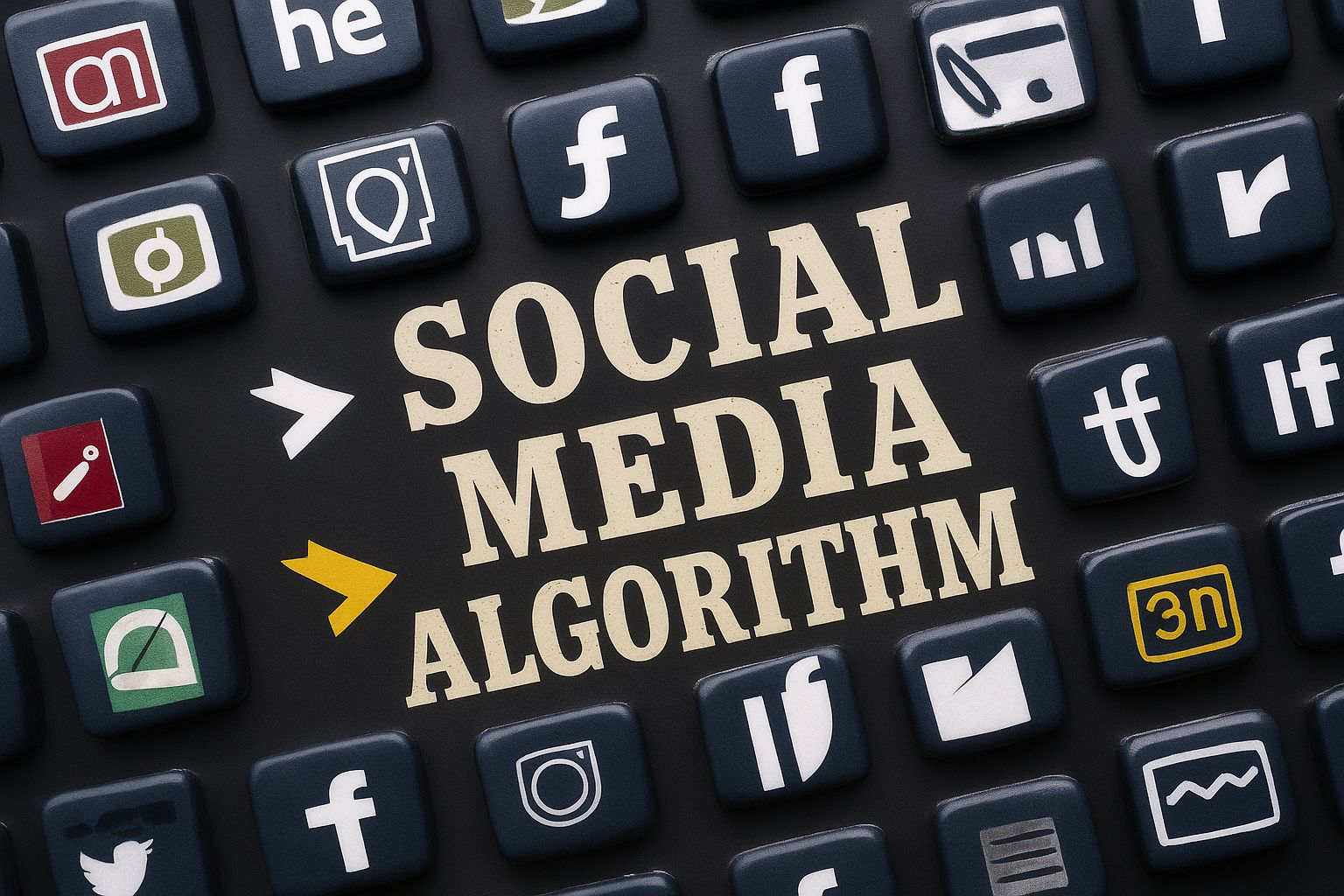
Social Media Algorithms 2025: What...
August 19, 2025



In today’s crowded digital landscape, generic marketing messages simply don’t cut it anymore. Consumers expect more; they demand experiences that feel tailor-made for them. This isn’t just a preference—it’s a critical factor, with 81% of customers preferring companies that offer personalized experiences, and 90% finding personalization highly appealing.
Welcome to 2025, where AI-powered hyper-personalization isn’t just a buzzword, it’s the core of successful digital marketing. At DigitalTale.in, we believe understanding this shift is crucial for any business looking to connect deeply with its audience and stay ahead. This goes far beyond basic segmentation; we’re talking about true 1:1 marketing, delivered at scale.
Think of personalization as showing someone relevant products based on their past purchases. Hyper-personalization, powered by AI, takes this to an entirely new level. It’s about delivering unique, relevant messages and experiences to individual consumers, unifying touchpoints across every channel for a truly consistent interaction.
How does AI fuel this? It’s the engine behind massive data collection, sophisticated analysis (including predictive modeling and sentiment analysis), and real-time decision-making. AI can process vast amounts of behavioral data, preferences, and contextual cues to anticipate needs and deliver the perfect message at the precise moment. This means AI isn’t just a tool; it’s becoming an autonomous partner in strategy. As of 2025, the global AI in marketing industry is valued at $47.32 billion, projected to reach $107.5 billion by 2028, with a remarkable CAGR of 36.6%. This growth underscores its transformative power.
AI’s impact on digital marketing is profound and multifaceted. Here’s how it’s reshaping the core functions:
Imagine a website that changes its layout, showcases different products, or alters its messaging based on each visitor’s real-time behavior, previous interactions, and expressed interests. AI makes this possible. For e-commerce sites, this means tailored product recommendations that significantly boost sales, like Flipkart’s success in increasing sales by up to 20% through personalized recommendations powered by machine learning algorithms.
Gone are the days of broad demographic targeting. AI-driven programmatic advertising enables hyper-targeting audiences by analyzing psychographics, real-time intent, and specific online behaviors. This leads to dramatically increased conversions and reduced customer acquisition costs. Real-time bidding (RTB), a core component, ensures your ads reach the right person at the right time on the right platform. In fact, 50% of surveyed marketers (from the US, UK, Canada, and India) use AI for ad targeting.
AI crafts email sequences and chatbot interactions that feel genuinely personal. From subject lines to content and send times, AI optimizes every element for individual engagement. This extends to AI-powered chatbots and virtual assistants that offer instant, personalized help, with HDFC Bank reducing customer wait times by 30% through their AI-driven chatbots.
AI excels at analyzing historical data to predict future customer behavior, identify high-value segments, and even forecast churn risk. This allows marketers to proactively engage with customers, offering timely incentives or support to maximize their CLTV. Zomato, for instance, uses predictive analytics for campaign optimization, leading to a 25% increase in engagement with their promotional offerings.
AI-powered solutions ensure customers receive instant, accurate, and personalized assistance, freeing up human agents for more complex issues. This seamless support experience further enhances loyalty.
India, with its vast and diverse population, rapid smartphone penetration, and booming digital payments ecosystem, presents immense opportunities for AI in marketing. The country’s embrace of digital technologies makes it a fertile ground for hyper-personalization, especially with the growing demand for local language content and regional relevance. Even small brands in India are leveraging AI-driven personalization to build loyalty, with studies showing it can increase sales by over 10% and generate up to 8x ROI. Brands like Pepperfry use AI to curate and create content and product descriptions, seeing a 15% increase in conversion rates, while Nestlé India employs AI for market research and sentiment analysis.
However, this rapid adoption isn’t without its challenges:
As AI becomes more ingrained in marketing, trust emerges as a critical differentiator. With widespread AI adoption, concerns around privacy, bias, and transparency are heightened. The DPDP Act in India mandates prompt data breach notifications (within 72 hours to the Data Protection Board) and calls for ‘reasonable security measures’ like encryption.
For marketers, this means:
Ready to embrace hyper-personalization? Here’s a practical roadmap:
The digital marketing landscape is evolving at an unprecedented pace, with AI-powered hyper-personalization at its forefront. The Indian digital marketing industry alone is projected to reach INR 1.12 lakh crore by 2025. By embracing AI ethically and strategically, you can create genuinely resonant experiences that not only meet but exceed customer expectations.
Don’t get left behind the algorithm. Start exploring how AI can transform your digital marketing efforts today.
What aspects of AI hyper-personalization are you most excited to implement in your campaigns? Share your thoughts in the comments below!
Leave A Comment